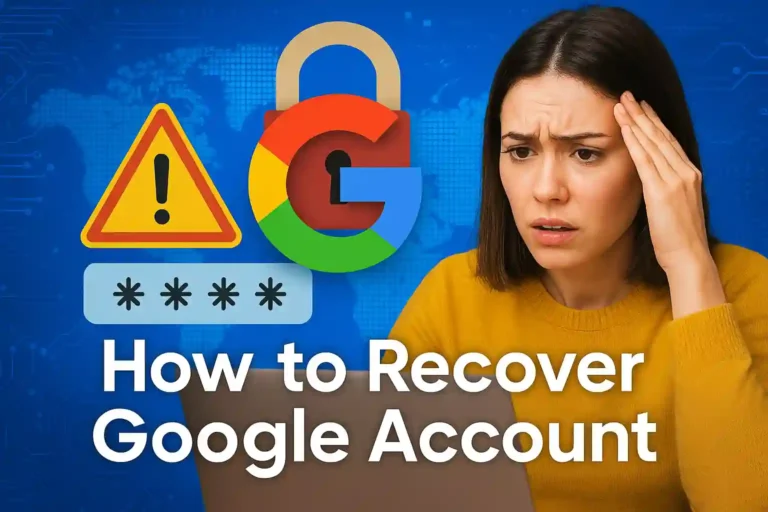How to Use Backup to Keep Your Contacts Always Saved
In today’s fast-paced world, Contact Sync has become essential. Ever wondered how it impacts your communication? It seamlessly links your contacts across platforms, saving you time and effort. Imagine having all your data integrated smoothly; Contact Sync makes it a reality. Let’s dive into its benefits and integration steps to transform your communication experience.
What Is Contact Sync And How It Works
Contact Sync refers to the process of synchronizing contact information across multiple devices and platforms. This ensures that your contacts are up-to-date and accessible from any device, be it a smartphone, tablet, or computer.
Understanding the Mechanism
At its core, Contact Sync uses cloud-based technology to store and update data in real-time. When a change is made to a contact on one device, it is automatically reflected on all connected devices.
- Cloud Storage: Contacts are stored in the cloud, allowing real-time updates and access from anywhere.
- Device Compatibility: Compatible with various operating systems, ensuring seamless integration.
Contact Sync not only saves time but also reduces the risk of duplicate or outdated information. Most platforms offer settings to customize the synchronization process according to your needs.
Benefits of Efficient Synchronization
Effective contact synchronization can enhance communication efficiency by ensuring accurate information is always at your fingertips. It also facilitates better connectivity and keeps professional networks intact by preventing data loss.
Benefits Of Using Contact Sync In Business
Utilizing Contact Sync in business offers numerous advantages that can streamline operations and enhance productivity. By synchronizing contacts across devices and platforms, businesses can maintain an up-to-date and consistent database.
Improved Efficiency
One of the key benefits is increased efficiency. With synchronized contacts, employees save time accessing information, reducing redundancies in communication and avoiding potential mistakes.
Enhanced Collaboration
Effective contact sync boosts collaboration. Teams can easily share contacts, ensuring everyone has access to the same information, which promotes coordinated efforts across departments.
- Consistent Information: Ensures data consistency across all platforms.
- Reduced Errors: Minimizes chances of miscommunication due to outdated information.
Furthermore, contact sync enables seamless integration with customer relationship management (CRM) systems, enabling better tracking and management of client interactions. This not only improves customer service but also strengthens client relationships.
Security and Backup
Security is another significant benefit. Regular syncing acts as a backup, safeguarding against data loss and ensuring access to vital contact information even in case of device failure.
Step-By-Step Guide To Implement Contact Sync
Implementing Contact Sync can significantly enhance your organization’s efficiency. Here is a step-by-step guide to get you started on the right track.
Step 1: Choose a Suitable Platform
Begin by selecting a platform that fits your business needs. Consider compatibility with current devices and software.
- Research Options: Compare various contact sync solutions, considering features and reviews.
- Check Compatibility: Ensure that it integrates smoothly with your existing systems.
Once you have chosen a platform, proceed with the installation.
Step 2: Install and Configure
Download the contact sync application on all target devices. Follow the setup instructions provided by the application to initiate synchronization.
- Install App: Download and install the app on each device needing synchronization.
- Configuration: Adjust sync settings as needed, such as frequency and data types to include.
Configuring the sync settings ensures that the correct data is synchronized regularly.
Step 3: Initiate First Sync
After setup, perform an initial sync. This will align your contact information across all devices.
- Backup Data: Before syncing, back up your current contacts to avoid data loss.
- Start Sync: Use the app to initiate synchronization, ensuring consistency across platforms.
Regular sync checks are recommended to maintain accurate records.
Troubleshooting Common Contact Sync Issues
Encountering issues with Contact Sync can be frustrating, but most problems have straightforward solutions. Here are some common issues and their fixes.
Issue 1: Contacts Not Syncing
If your contacts aren’t syncing, start by checking your internet connection. A stable connection is crucial for syncing data.
- Check Connection: Ensure Wi-Fi or cellular data is active and working.
- Sync Settings: Verify that sync settings are enabled on your device and application.
After confirming connectivity and settings, force a manual sync to see if issues persist.
Issue 2: Duplicate Contacts
Duplicate contacts can clutter your database. Most platforms offer tools to merge or remove duplicates.
- Use Built-in Tools: Check if your contact app has a duplicate detection feature.
- Third-Party Apps: Consider apps designed to clean up duplicate entries efficiently.
Regular maintenance of your contact list can prevent this issue from recurring.
Issue 3: Incorrect Contact Details
Ensure all device and application updates are installed, as outdated software could lead to information discrepancies.
- Update Apps: Regularly update your apps and operating systems to their latest versions.
- Check Settings: Review sync configurations to ensure data is synchronized correctly.
Consistently updating software minimizes compatibility issues and maintains accurate information.
FAQ – Common Questions About Contact Sync in Business
What is Contact Sync?
Contact Sync is the process of automatically updating and maintaining consistent contact information across multiple devices and platforms.
How does Contact Sync improve business efficiency?
By ensuring all team members have access to updated contact information, Contact Sync reduces miscommunication and saves time, leading to improved efficiency.
What should I do if my contacts are not syncing?
Check your internet connection, ensure sync settings are enabled, and attempt a manual sync to resolve syncing issues.
How can I prevent duplicate contacts?
Use built-in duplicate detection features in your contact app or employ third-party apps designed to merge or remove duplicate entries.
What platforms support Contact Sync?
Most major platforms, including Android, iOS, Windows, and macOS, support Contact Sync, often integrating with cloud services like Google Contacts or iCloud.
Can Contact Sync secure my data?
Yes, regular sync acts as a backup, safeguarding against data loss and ensuring accessibility even if a device fails.






